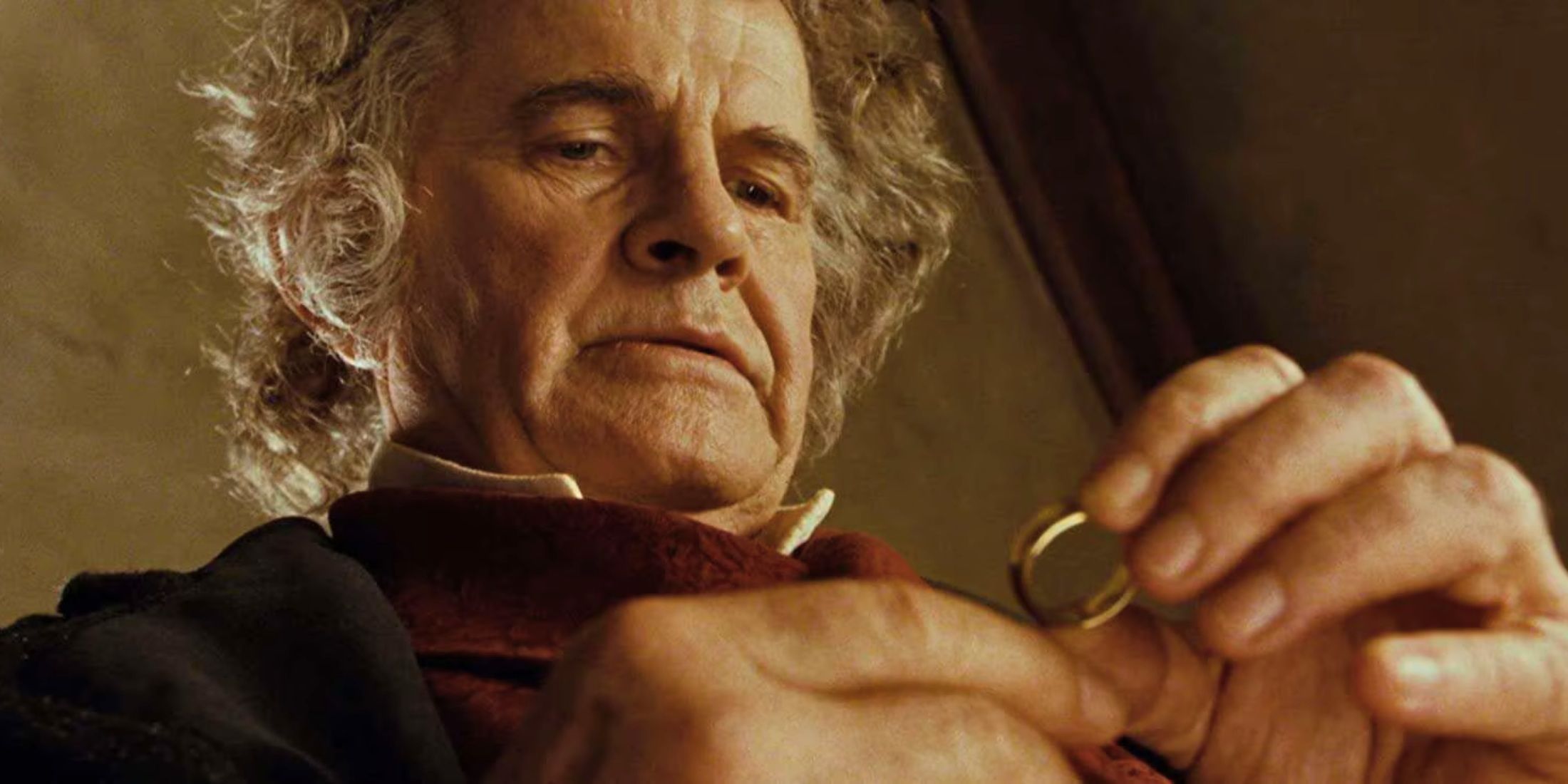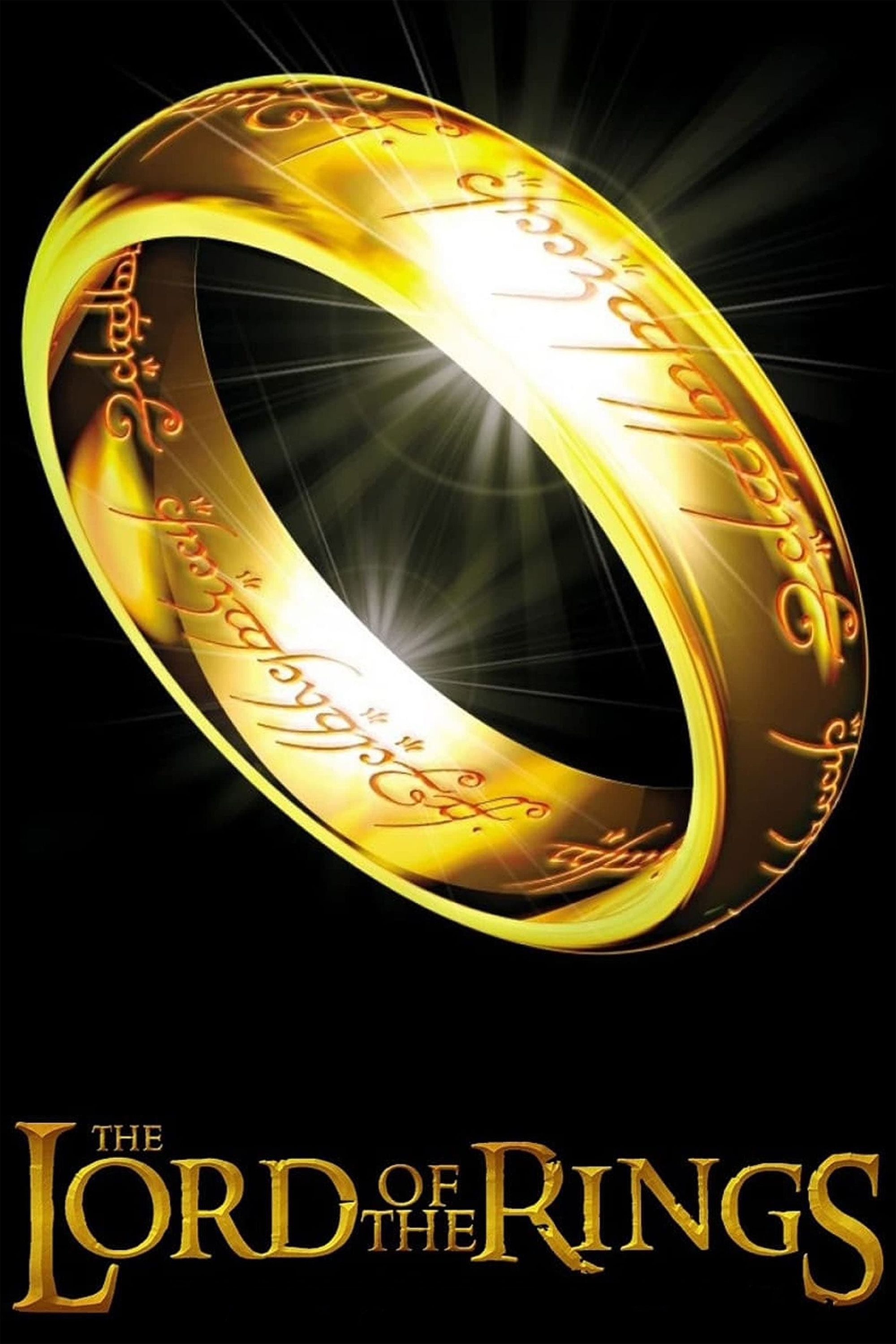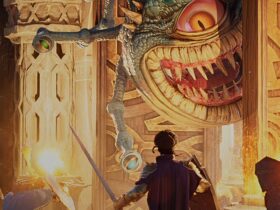Summary
- Inconsistencies like Sauron’s name prohibition & Moria’s inscription spark debates among fans.
- Questions surrounding Orc origins and redemption remain open-ended in Tolkien’s lore.
- Gandalf’s restrained power use and Elrond’s knowledge of the Ring’s destruction method puzzle fans.
The Lord of the Rings trilogy, both J.R.R. Tolkien’s literary masterpiece and Peter Jackson’s cinematic adaptation, has captivated audiences for decades with its intricate world-building. However, even the most meticulously crafted narratives can contain inconsistencies that spark heated discourse within the fanbase.
While there is currently no consensus among fans on explanations for these inconsistencies, nor on what technically qualifies as a “plot hole,” it’s still worth exploring the far corners of Middle-earth, even if it’s just an excuse to dive into the rich, complex lore of The Lord of the Rings.

Related
Unpacking The Lord Of The Rings Scene That Still Scares Fans Today
How a scene in Peter Jackson’s The Fellowship of the Ring still terrifies audiences today even though it features the two most wholesome characters.
The Prohibition of Sauron’s Name
- Appears in: The Two Towers (film) vs. The Return of the King (film)
- Issue: Inconsistency in policies regarding the use of Sauron’s name in the films.
In Jackson’s The Two Towers film, Aragorn (Viggo Mortensen) states that Sauron does not permit his followers to speak his name. This creates a contradiction when, in The Return of the King, the Mouth of Sauron arrives at the Black Gate and explicitly introduces himself using the name Sauron. If speaking the name was indeed forbidden, his chief emissary would likely have adhered to that rule.
Possible Explanation:
Some fans suggest that Aragorn’s statement may have been a simplification, exaggeration, or just plain incorrect. As a high-ranking minion, the Mouth of Sauron may have had special privileges allowing him to use the Mordor ruler’s name when representing him. Others believe the line in The Two Towers was added purely for dramatic effect in the films and does not reflect an actual rule set in Tolkein’s Middle-earth.
“I am the Mouth of Sauron.”
The Inscription on the Doors of Moria
- Appears in: The Fellowship of the Ring (book and film)
- Issue: The debated use of “Moria.”
In the trilogy’s first installment, the West-gate of Moria is inscribed with the phrase, “The Doors of Durin, Lord of Moria.” However, according to the lore, Moria, meaning “Black Pit,” was a name given to the realm after the Balrog forced the Dwarves to abandon it. The Dwarves never used the name themselves. When the doors were originally crafted, the Dwarves called their kingdom Khazad-dûm.
Chronology of The Name
| Name | Meaning | When It Was Used |
| Khazad-dûm | Dwarven name for their kingdom | Before the Balrog appeared |
| Moria | Sindarin for “Black Pit” | After the Dwarves fled |
Possible Explanation:
A potential explanation is that the name “Moria” may have been retroactively inscribed on the door after the Dwarves returned at some point before their final fall. Alternatively, this could be an oversight on Tolkien’s part, as he occasionally revised place names as he developed Middle-earth’s history.
The Origins and Fate of Orcs
- Appears in: The Lord of the Rings (books and films)
- Issue: Confusion regarding whether Orcs have redeemable souls.
Tolkien describes multiple origins for Orcs, one of which suggests they were Elves corrupted by Morgoth. This creates an unanswered theological question: If Orcs were originally Elves, do they return to the Halls of Mandos upon death, as Elves do? And if so, can they be redeemed? Tolkien himself struggled with this dilemma, as he disliked the idea of any sentient race being wholly irredeemable.
Possible Explanation:
Some fans speculate that Orcs, being so corrupted, may have lost their Elvish souls entirely, rendering them incapable of redemption. Others believe that while individual Orcs might have had a chance at salvation, the vast majority were too far gone. Tolkien never fully settled the matter, leaving the thread open to interpretation.
Why Didn’t They Use the Eagles?
- Appears in: The Lord of the Rings (books and films)
- Issue: The apparent oversight of an easy solution.
Perhaps the most common fan criticism is why the Fellowship didn’t simply fly to Mount Doom on the backs of the Great Eagles as commanded by Gandalf (Ian McKellen). Or, at the very least, fly part of the way, shortening the journey on foot. However, several in-universe explanations exist:
Possible Explanations:
- Gandalf could not exert too much control over the Eagles as they were independent beings, and their involvement was limited to moments of desperate need.
- Sauron’s forces, including Fell Beasts and archers, could have spotted and intercepted them. Thier visibility would have blown the mission’s secrecy as they neared the Black Gate.
- More than likely, this was simply a literary convenience implemented by Tolkien, as the story would not have been as epic or resonant if it chose easy solutions rather than emphasizing the struggle and journey of Frodo (Elija Wood) and his allies.
The Unprotected Entrance to Mount Doom
- Appears in: The Lord of the Rings (books and films)
- Issue: Sauron’s failure to secure Mount Doom.
One of the most significant oversights in The Lord of the Rings is the apparent lack of protection at the entrance to Mount Doom. Given that the Ring can only be destroyed in the fires of the volcano, it seems illogical that Sauron would leave it unguarded. Frodo and Sam are able to access the Cracks of Doom unchallenged, and their ability to reach the Ring’s destruction point without encountering opposition raises questions about Sauron’s foresight. Given his immense power and paranoia, this oversight seems out of character for the Dark Lord.
Possible Explanations:
- One explanation is that in his arrogance and obsession with domination, Sauron never seriously considered the possibility that anyone would attempt to destroy the Ring. His focus was squarely on military conquest, and he likely believed that whoever possessed the Ring would ultimately be corrupted by its power and fall under his control. In his mind, the Ring’s bearer would not seek to destroy it but instead use it to challenge his power. Therefore, he did not see the need to defend Mount Doom as rigorously as his other strongholds, such as Barad-dûr.
- Sauron may have also been overconfident in his ability to track and influence the Ring’s bearer, believing that he would detect any attempt to destroy the Ring before it could succeed, and underestimating the abilities of Hobbits Frodo and Sam (Rosie Cotton).
The Ringwraiths’ Reluctance to Seize the Ring
- Appears in: The Fellowship of the Ring (film)
- Issue: The hesitation of the Nazgûl in confronting Frodo at Weathertop.
In The Fellowship of the Ring, the Ringwraiths pursue Frodo and the Fellowship to Weathertop. Still, despite their overwhelming power and mission to retrieve the One Ring, they do not seize Frodo or the Ring. Instead, they retreat, allowing Frodo time to escape. The scene is puzzling, considering that the Ringwraiths are portrayed as formidable servants of Sauron, yet they appear cautious and indecisive during this critical moment.
Possible Explanations:
- Some fans believe that the Ringwraiths were not hesitant but rather strategically cautious. They feared the presence of Aragorn, a skilled warrior and direct descendant of Isildur, whose bloodline is closely tied to the Ring.
- The Nazgûl’s weakness to fire could explain their reluctance, as it is known that fire repels them. Their decision to retreat may have been motivated by the perceived danger posed by Aragorn and the fire.
- The Ringwraiths may have been instructed to retreat, in a tactical change, possibly to let Frodo suffer from the Ring’s corrupting influence rather than take it by force.
“We are the servants of Sauron. We have come to take the Ring.”
Gandalf’s Apparent Underutilization of Power
- Appears in: The Lord of the Rings (books and films)
- Issue: Gandalf’s measured use of his considerable abilities, especially during pivotal confrontations.
Throughout The Lord of the Rings, Gandalf, an enormously impressive wizard, demonstrates an array of powers, including the ability to summon fire, manipulate light, and command large-scale forces. However, there are moments in the trilogy where Gandalf refrains from using his full potential, for example, during his encounter with the Witch-king of Angmar in The Return of the King. Despite his immense power, Gandalf does not immediately overpower the Witch-king or eliminate him with ease. This restraint raises the question of why a being of Gandalf’s power doesn’t fully unleash his abilities when the stakes are so high.
Possible Explanations:
- The powers of the Istari, including Gandalf, powers were deliberately limited by the Valar. Gandalf was not meant to rule or dominate but to guide the Free Peoples of Middle-earth in resisting Sauron’s influence, relying on their courage and strength rather than his raw power.
- His limitations in power may also serve as a thematic device, emphasizing the importance of unity, bravery, and personal sacrifice over the simple use of overwhelming strength.
Elrond’s Knowledge of the Ring’s Destruction
- Appears in: The Fellowship of the Ring (book and film)
- Issue: The way Elrond came to understand the method of the One Ring’s destruction.
In The Fellowship of the Ring, Elrond (Hugo Weaving), Lord of Rivendell, states with certainty that the One Ring can only be destroyed in the fires of Mount Doom, where it was forged. This knowledge seems to come with an authority and clarity that raises questions about how Elrond came to possess such specific information. Given that the creation of the Ring was a closely guarded secret, and the history surrounding the Ring’s forging and powers is mostly known only to Sauron and a few others, it’s unclear how Elrond would have this knowledge.
Possible Explanations:
- Elrond learned this crucial information from Isildur, one of the few individuals who witnessed the Ring’s forging and later attempted to claim it for himself. As Isildur’s heir, Elrond would have inherited much of the knowledge surrounding the Ring and its creation.
- Another possibility is that Elrond’s understanding comes from his deep study of Sauron’s dark arts, particularly during his involvement in the Last Alliance of Elves and Men. It’s conceivable that the Wise—such as Elrond, Galadriel (Cate Blanchett), Gandalf, and Saruman (Christopher Lee)—had access to hidden knowledge through their research into Sauron’s history.
- Finally, it could simply be that Elrond, as a being of great wisdom, possesses a sense of the Ring’s nature through a combination of history, lore, and the instincts of those who have lived through great turmoil.
Despite these inconsistencies, The Lord of the Rings remains a masterpiece. While some of these loose threads may challenge the lore, they do little to diminish the grandeur of Tolkien’s world. Debates over these details only serve to highlight the breadth of the world and the passion of its fanbase. The richness of Middle-earth is precisely why fans continue to dissect and discuss these details decades after their publication and adaptation.





















Leave a Reply